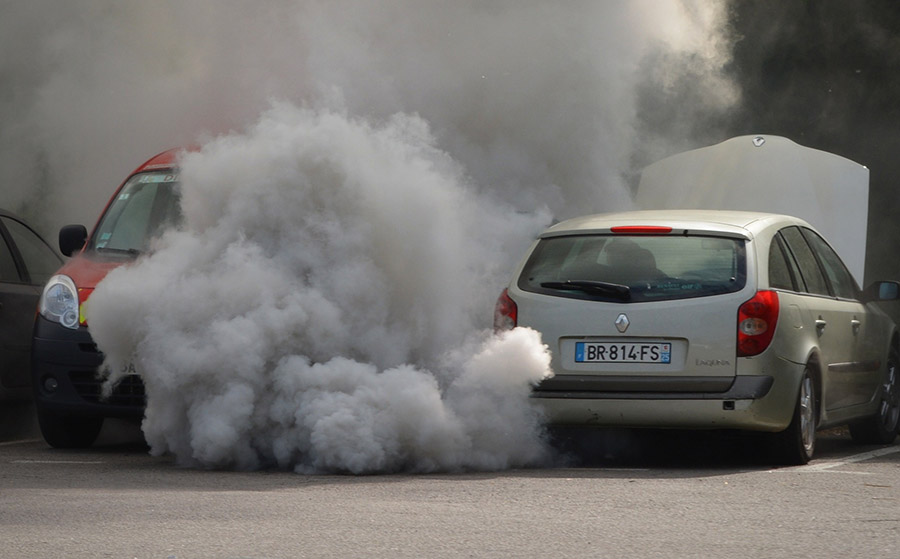Although the average carbon dioxide emissions of new cars sold in the EU were below the set limit in 2018, they increased year-on-year. The European Commission notes that this is a decline in interest in diesel cars.

The European Union’s fight against carbon dioxide emitted by road transport continues. The European Commission noted that in 2018, the average standardized CO 2 emissions of new passenger cars and light commercial vehicles were 120.8 g / km, two grams more than a year earlier.
Manufacturers will have to significantly reduce their fleet emissions to meet the more stringent targets that apply from this year, the European Commission writes in an official press release on car fleet CO 2 emissions for 2018. With the entry into force of stricter targets for the entire EU fleet of 95 grams of CO 2 per kilometer for passenger cars and 147 g of CO 2 / km for supplies, manufacturers will need to improve the fuel efficiency of their fleet and speed up the deployment of zero or very low emission cars.
European Commission
The call for a significant reduction in CO2 comes at a time when automakers are calling for a relaxation of the rules in response to the coronavirus pandemic and the subsequent collapse of new cars. Adherence to strict standards under such conditions can be financially unsustainable for carmakers. However, the European Commission’s statement shows that there will probably be no relaxation of the rules.
The average emissions of 120.8 g/km for 2018 are below the target set for that year, which is also noted by the European Commission. The aim was to reduce the fleet emissions of new cars below 130 g / km by 2019. The Commission also highlights the increase in sales of plug-in hybrids and electric cars. Specifically, about 150,000 registered electric cars in 2018 is about half more than a year earlier.
According to some critics, the carmakers have increased their fleet emissions artificially. According to that year, further reductions in fleet emissions are to be calculated for the coming years, and so, according to these critics, it is more advantageous for manufacturers to meet the limit, but again not so much below the set limit. In the future, this would free their hands and they would not have to further reduce emissions by such a significant amount.
However, the European Commission itself explains the year-on-year increase in fleet emissions for two reasons. One is the growing popularity of SUVs, whose market share increased from 29% to 35% in Europe between 2017 and 2018. Due to their size, they logically consume more fuel than conventional class models. The second is the continuing shift away from diesel cars, whose market share fell by nine percentage points year on year. They fell at the expense of cars with a petrol engine, which tends to have higher CO 2 emissions on paper.
This explanation is quite paradoxical. Many cities across Europe have started to fight against diesel cars in response to the dieselgate case and are planning to ban them in their centers in the future. This subsequently frightened many customers, they were afraid that in a few years they would no longer be able to enter such a city with their new car with a turbodiesel under the hood, so they preferred to reach for petrol.









